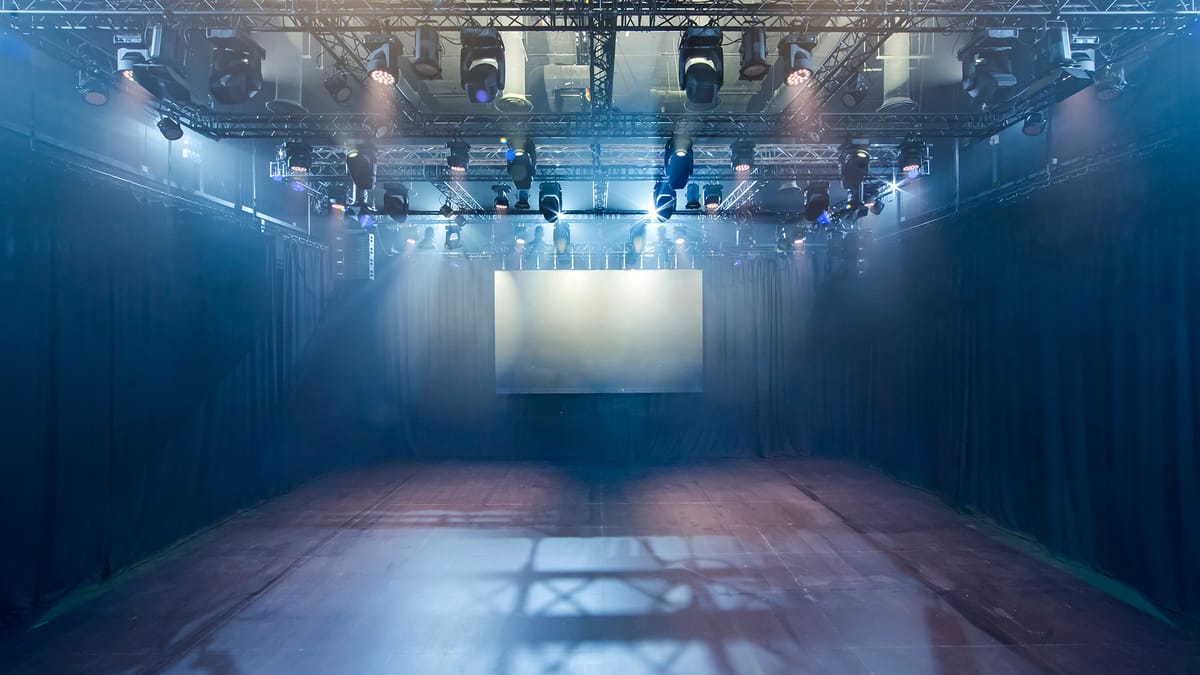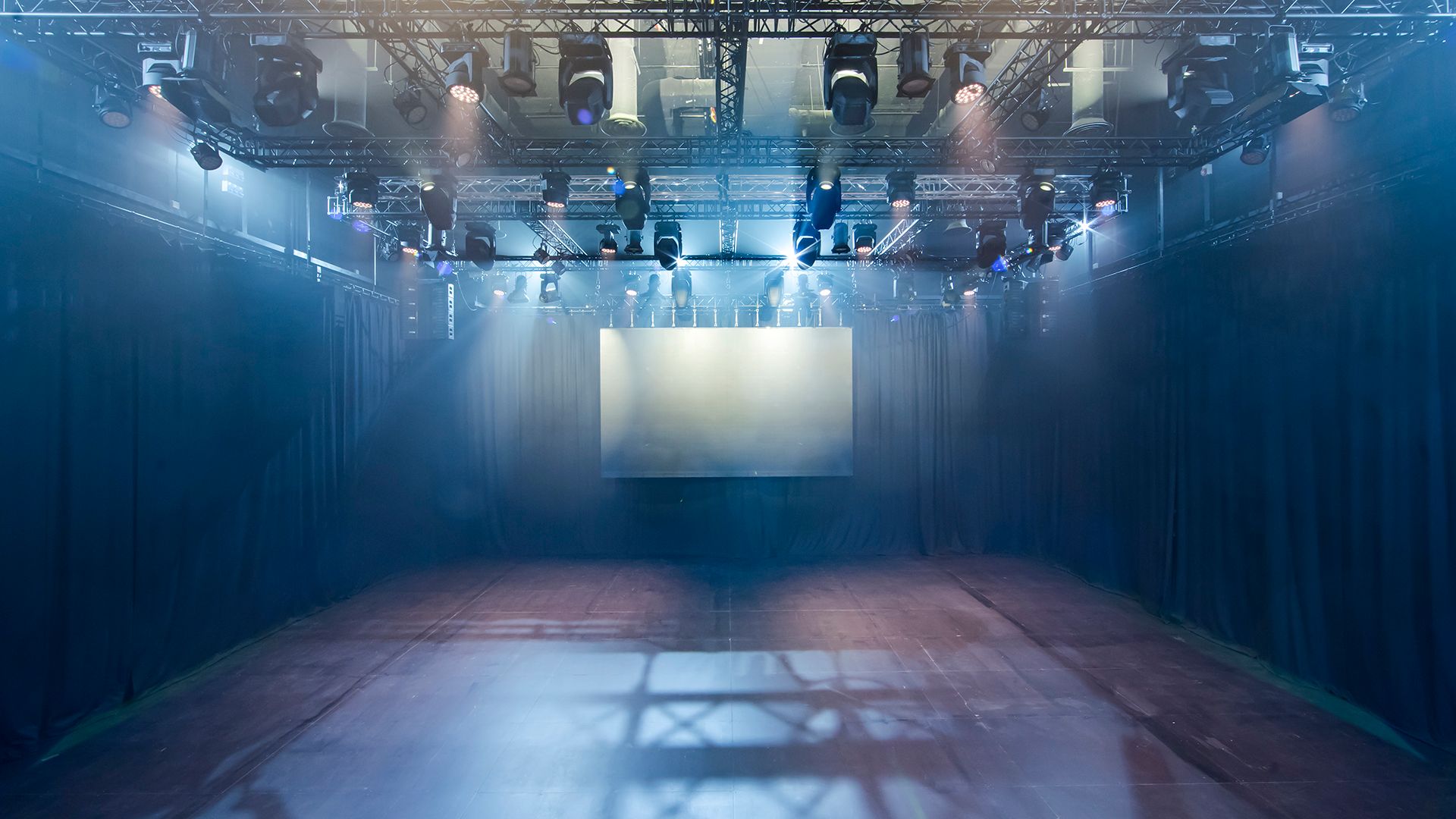Seeing Double: Seeking Student Spaces in the Student Center
Seeing Double columnist Cole Graber-Mitchell ’22 thinks back on his experiences working with Green Room and argues that the planning of a new student center provides the perfect opportunity for a new student-run space.


Every night for the last month, the Octagon’s upstairs room transformed between 5 and 7 p.m. No longer was it the horribly creaky eight-sided classroom with, somehow, both too many and too few dilapidated wooden chairs. Instead, it was Sidney Bruhl’s office, a handsomely converted colonial stable replete with a writer’s desk, old typewriters, a buffet with glasses and liquor decanters, theatrical posters and a wall covered with hanging weapons.
If you didn’t catch last week’s performances of “Deathtrap” or read The Student’s excellent review of the play — disclaimer: I stage-managed the show — then you probably have no clue what I’m talking about. You may have even had class in the room and not noticed that each night, we transmuted it into an entirely different space.
To do this, we hauled all of the room’s furniture out of the way, removing some of it and pushing the rest to the corners of the room. We kept costumes crammed behind the staircase, lamps in a corner by the door and our special locking desk near the fireplace. All of our props rested in the cases on the balcony that overlooks the room — we schlepped an ax, a crossbow, two typewriters, various knives, two guns (fake, of course), suitcases and other comedy-thriller necessities up and down that too-steep-for-the-building-code spiral staircase dozens of times.
When rehearsal finished each night, we would run the process in reverse, returning everything to its previous position as nearly as we could. The room is first and foremost a classroom, so we had to make sure that professors could teach there the next day.
All of this room rearrangement was a tremendous strain — physically and temporally. It took hours of time out of our rehearsal schedule and left us with countless bruises and sore arms. And it was highly unusual for a theater production.
Take Emma Ratshin ’22E’s senior acting thesis “Bad Jews” by Joshua Harmon, which performed the same weekend as “Deathtrap.” They used the Holden Theater, where the crew could build their set, leave it up, and make use of a sound system, lights, changing rooms and an actual backstage, none of which the Octagon has. The Octagon is about as suited to theater as my co-columnist is to empathy.
So why did we choose the Octagon for our play? Well, we had no other choice. There are three good theater spaces on campus — the Holden, Kirby Theater and Webster Studio 3 — and it’s rare that student-run theater gets to use any of them: the Theater and Dance Department needs all three for its students’ theses and class performances. There’s also the Ford Event Space and the Powerhouse, but both have walls of windows that make true blackouts really difficult, among other defects. And we can’t leave a set in any of the rooms on campus.
Just like the Theater and Dance Department, the Green Room, which is the only student theater group on campus, needs space to put on our performances. Real space, not makeshift rooms that need to be set up and torn down every night. We produce four performances a semester, from massive plays like our Lord of the Rings parody (performed in Ford) to smaller ones like Deathtrap. We do student-written theater and Broadway hits. Each year, we provide cast and crew roles to many dozens of students — in fact, we’re one of the biggest clubs on campus.
And yet every semester, we have to scramble for almost prohibitively poor rooms. At this point, our lack of options dramatically constrains our ability to put on plays. We’re forced to cut our artistic visions short, limited by all the time and energy we have to spend moving furniture and procuring adequate lighting and sound.
Thankfully, we have a chance right now to make space for extracurricular student theater on campus. The new student center will anchor this campus for the coming decades, and it’s still being designed.
The new student center should have a student-managed black box theater — a place where we needn’t worry about disrupting classes or losing props. A space with built-in lighting and sound and, crucially, no windows that make black-outs impossible. It could even have a costume and prop storage room so our stuff doesn’t get moldy in the Porter House basement. The Green Room would happily work with the architects to design a space that fits our needs.
Besides the Green Room, other clubs like DASAC, Gad’s and the a cappella groups would benefit from a fully-teched black box set aside for student performances and nothing else. We’re lucky to have a wealth of student art on campus, and we should empower students to make the most of their artistic passions. Sometimes that means putting on fantastic art theses, like Ratshin’s. But it also means supporting student-run performance groups, which involve far more students.
I’m graduating this year, so I’ll never get to see what students here could do with a dedicated student performance space. But there’s no better gift that Amherst could give to its student artists.


Comments ()